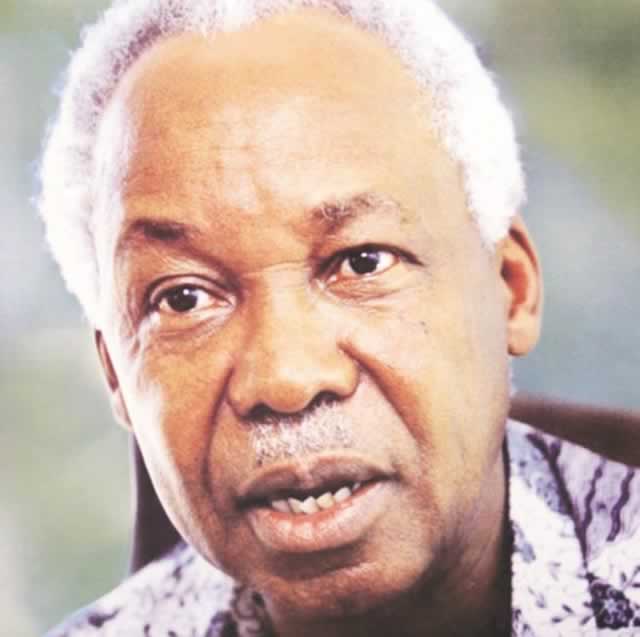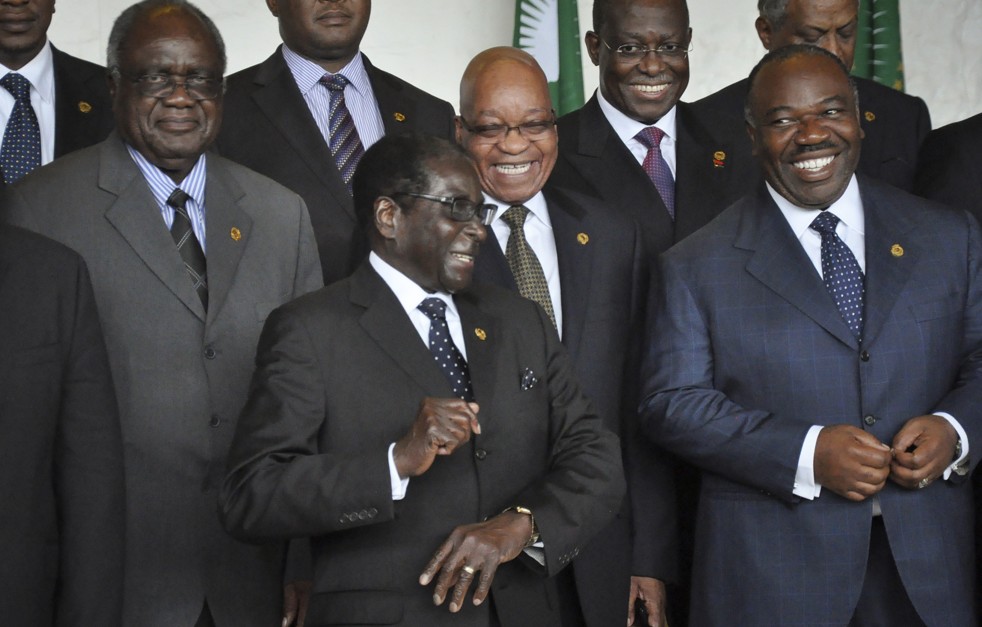Mwalimu: A true pan-Africanist

MWALIMU Julius Nyerere was very committed to the cause of African Unity. He worked hard with other African leaders to bring the newly independent countries closer together. He was one of the founder leaders of the Organisation of African Unity (OAU) in May 1963. Mwalimu Nyerere was the chairman of the OAU in the final year of his presidency (1984-85). While the tradition was to give the chairmanship to the leader who had hosted the annual summit, Nyerere’s chairmanship was an exception as he was requested to chair the organisation (despite not hosting the summit) in recognition of his immense contribution through the years.
East African Community
In 1967, Nyerere together with Presidents Obote of Uganda and Kenyatta of Kenya created an economic bloc of their three countries known as the East African Community. It was by far the most successful economic union among African countries.
The three countries had a regional airline, common rail and marine service, common postal services, customs union and even a common currency. Strains started to show with ideological divergences with Tanzania going decidedly socialist and Kenya firmly capitalist.
The emergence of Idi Amin after the coup in Uganda accelerated the demise of the economic union with the eventual collapse in 1977. It was a serious setback to the people of the region.
Current leaders of the three countries together with those of neighbouring Rwanda and Burundi are in the process of re-establishing the economic community.
Frontline States
In the late 1960s and throughout the 70s, Mwalimu Nyerere was at the forefront of the most pressing issue for Africa at that time: The liberation struggle.
In South Africa, apartheid had taken a tight grip. Anti-apartheid leaders such as Nelson Mandela, Robert Sobukwe, Joe Slovo, Walter Sisulu, Govan Mbeki and many more were in prison. Those young leaders who emerged later such as Steve Biko were murdered.
Elsewhere in Africa, Ian Smith had made his Unilateral Declaration of Independence in Southern Rhodesia (Zimbabwe) effectively and totally disenfranchising the majority Africans with the white settlers established as the sole ruling class. This was in 1966.
This led to the start of a guerilla campaign led by Zanu and Zapu.
Portugal was showing no signs of giving up its colonies in Africa which included Tanzania’s southern neighbour Mozambique. In all these colonies, guerilla war was raging for independence. Nyerere led the campaign to support the liberation struggle.
Apart from the political fight in the international arena, Tanzania was host to hundreds of thousands of refugees from many of these countries. This is apart from those who were escaping from civil strife in their own countries no longer under colonial rule. Neighbours such as Zaire (DRC), Rwanda, Burundi and Uganda after Amin’s coup generated hundreds of thousands of refugees. To date, Tanzania hosts the largest population of refugees in Africa.
All these liberation movements based in Tanzania, including those from South Africa, Mozambique and Zimbabwe established military camps for training their fighters in Tanzania.
The assistance provided by Tanzania did not stop at giving refuge and the military front. There are young men and women who had been forced to leave their country but who were not intending to become fighters.
A large college for South African exiles was opened in Morogoro, several hundred kilometres from the capital Dar es Salaam to cater for these young people’s educational needs. The college is named after a young student activist Solomon Mahlangu who, like thousands of his fellow students, left South Africa after the brutal suppression of the June 16, 1976 demonstration in Soweto.
The armed response of the South African regime to the peaceful demonstration left hundreds dead. Solomon left the country to train as a fighter. He went back to South Africa two years later. He was promptly captured, tried and sentenced to death. He was executed on April 6 1979.
He was 23.
Mwalimu Nyerere also worked hard to bring the various Angolan liberation movements together even before the country’s independence in November 1974. The largest party MPLA was at loggerheads with Jonas Savimbi’s Unita and Holden Roberto’s FNLA.
Eventually, Savimbi’s ambition for power got the better of him and he threw in his lot with the apartheid regime of South Africa. From that point on, he was beyond the pale as far as leaders like Nyerere were concerned.
Nyerere could only watch helplessly as this country with a lot of promise tore itself apart in a brutal civil war which claimed lives of thousands and countless others were left permanently maimed. – sokotanzania.com









Comments